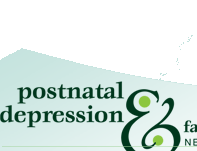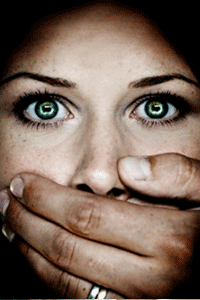Core symptoms
(i) Exposure: Person experienced exposure to a traumatic event that involved actual or threatened death or serious injury and the persons response involved intense fear, helplessness, or horror.
(ii) Persistent re-experiencing of:
- recurrent and intrusive distressing memories of the event, including images, thoughts, or perceptions or
- recurrent distressing dreams of the event or
- acting or feeling as if the traumatic event were recurring (includes a sense of reliving the experience, illusions, hallucinations, and dissociative flashback episodes, including those that occur on awakening or when intoxicated.)
This results in:
- intense psychological distress at exposure to internal or external cues that symbolize or resemble an aspect of the traumatic event or
- physiological reactivity on exposure to internal or external cues that symbolize or resemble an aspect of the traumatic event.
(iii) Persistent avoidance and/or numbing,
- attempts to avoid thoughts, feelings, or conversations associated with the trauma
- efforts to avoid activities, places, or people that arouse recollections of the trauma
- inability to recall an important aspect of the trauma
- markedly diminished interest or participation in significant activities
- feeling of detachment or estrangement from others
- restricted range of affect (e.g., unable to have loving feelings)
- sense of a foreshortened future (e.g., does not expect see children grow up)
(iv) Persistent symptoms of increased arousal,
- difficulty falling or staying asleep
- irritability or outbursts of anger
- difficulty concentrating
- hypervigilance
- exaggerated startle response
|




 Exposure to a traumatic event that involved a major threat, or horror
Exposure to a traumatic event that involved a major threat, or horror


